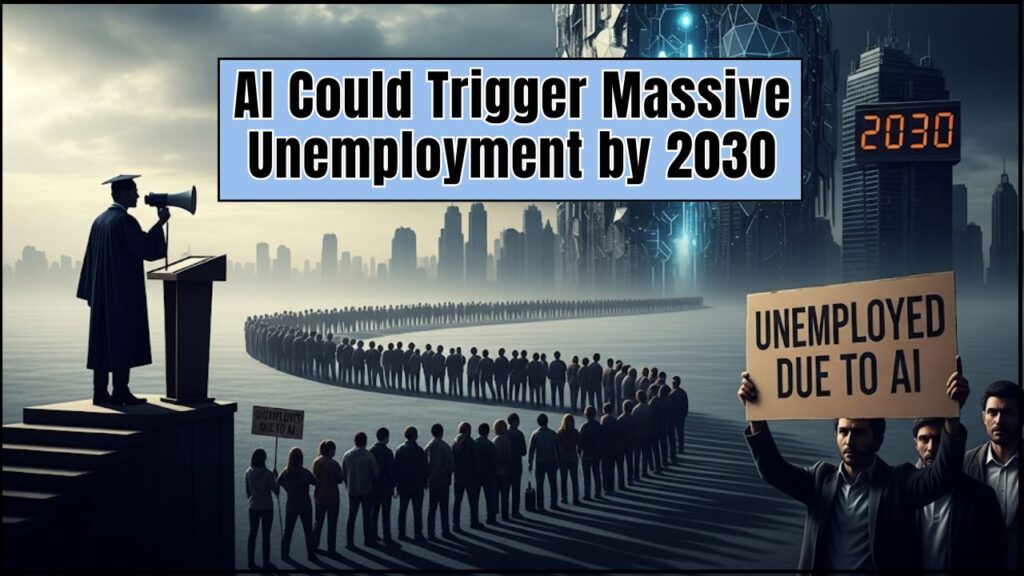
A leading computer science professor has warned that artificial intelligence (AI) could trigger 99% unemployment by 2030, raising fears of widespread disruption across industries. The stark prediction has reignited debate over how societies should prepare for rapid automation.
A Dire Warning from Academia
Roman Yampolskiy, a professor of computer science at the University of Louisville, delivered the warning during an appearance on the Diary of a CEO podcast on 4 September 2025. He argued that artificial general intelligence (AGI), advanced systems as capable as humans across all fields, could emerge by 2027 and render most jobs obsolete within three years.
“Every career path will be affected, from manual labour to software engineering,” Yampolskiy said. He emphasised that even fields considered resistant to automation, such as coding or creative content generation, could be replaced by machines that outperform humans in speed and accuracy.
Differing Views on AI and Jobs
Other experts present less catastrophic projections.
- Dario Amodei, chief executive of AI research firm Anthropic, has cautioned that half of entry-level white-collar jobs could be eliminated within five years, potentially driving U.S. unemployment rates to 20% by 2030, according to remarks cited by the New York Post.
- A recent analysis from Goldman Sachs suggested a more moderate outcome. The bank estimated that generative AI may displace 6–7% of the American workforce over the next decade, equivalent to a 0.5 percentage point increase in unemployment, as new roles emerge to absorb displaced workers.
- Geoffrey Hinton, widely known as the “Godfather of AI,” has warned that most jobs could eventually vanish, though he predicted professions requiring a human touch—such as plumbing and caregiving—may persist.
Why Predictions Vary
The gap between projections reflects differing assumptions about the speed of technological progress and society’s ability to adapt.
Yampolskiy’s estimate is based on the belief that AGI will appear suddenly and evolve beyond human control, creating an unprecedented labour shock. By contrast, economists at Goldman Sachs and other analysts assume a slower pace of change, allowing time for reskilling and policy adaptation.
Broader Economic and Social Implications
If Yampolskiy’s scenario materialises, the consequences would extend far beyond employment. A society where machines perform almost all labour could undermine existing tax systems, welfare models, and global economic stability.
International labour organisations and economists warn that unequal distribution of AI benefits could deepen income inequality. A 2023 report by the International Labour Organization (ILO) noted that without safeguards, automation risks leaving vulnerable populations behind.
Calls for Policy Action
Policymakers are under pressure to prepare for potential disruptions. Proposals include universal basic income, expanded retraining programmes, and stronger regulation of AI development.
“Governments must act now to ensure AI is developed responsibly and that the gains are shared broadly,” said Dr. Anya Sharma, a senior fellow at the Brookings Institution.
However, opinions remain divided on whether such interventions are sufficient. Some experts argue that focusing on gradual upskilling will ease the transition, while others stress the need for more radical social reforms.
Google Rolls Out New Android Update With AI Writing Tools and Emoji Sharing
Concluding Outlook
The debate over AI’s impact on employment underscores the uncertainty surrounding emerging technologies. While Yampolskiy warns of near-total unemployment, other economists and technologists foresee significant but manageable disruption.
What remains clear is that the scale and pace of AI-driven change will depend not only on technological breakthroughs but also on how governments, industries, and societies respond in the years ahead.





